Recent Posts
Richlite Cutting Boards vs. Wood Cutting Boards
Posted on
Although wood cutting boards have been around for ages, wood might not be the safest or best choice for your kitchen. Wood is a porous surface meaning bacteria can live and grow beneath the grooves that develop over time from your knives. This could present a hazard to you and your family's health, especially when preparing foods like chicken that can harbor dangerous bacteria such as E. coli.
Richlite has been used commercially for nearly 50 years:
Richlite is somewhat of a newcomer to the cutting board scene but has been used in commercial kitchens for about 50 years. Richlite was originally developed for the aerospace industry and because of it's high performance and durability, it has become an extremely popular choice for cutting boards in the commercial food industry. Made from various recycled materials which are compressed and then baked at an extremely high temperature, Richlite is able to withstand direct contact with very hot surfaces without damaging or compromising the material.
NSF favors Richlite cutting boards:
Many local health departments no longer allow wood cutting boards in commercial kitchens because of its propensity to hold bacteria beneath the surface. Richlite, on the other hand, is a material approved by the National Sanitation Foundation (NSF) for use as cutting boards because its impervious surface doesn't support the growth and colonization of bacteria. The nonporous surface of Richlite also makes it much easier to clean and sanitize than wood cutting boards.
Richlite cutting boards hold up strong in your kitchen:
Wood boards can commonly warp and crack when placed in a commercial dishwasher, but Richlite can easily withstand even the most heavy-duty dishwashers. Also, foods with strong smells like garlic can sink deep into the surface of wood and become difficult to remove even after multiple washings. This is not a problem for nonporous Richlite!
Heat resistance is another major advantage of Richlite cutting boards. If you place an extremely hot pan on a wood cutting board it is likely to scorch or burn the surface. However, Richlite cutting boards can withstand temperatures up to 350 degrees and does not require additional protection near stove or grill areas.
Because Richlite is significantly harder than wood, it is much more resistant to scratching or gouging. Though scratches can develop over time in Richlite, they can typically be repaired with a light refinishing. Also, due to the tough fibers inside of Richlite, these cutting boards will not bend or break under normal circumstances.
The Strengths of Richlite:
- Richlite can withstand heavy-duty dishwashers
- Richlite is nonporous keeping strong food smells from sticking around
- Richlite is heat resistant up to 350 degrees
- Richlite is resistant to scratching or gouging
- Richlite cutting boards will not bend or break under normal circumstances
So at the end of the day, you might pay a little more for Richlite, but with all of the advantages mentioned above it's well worth the extra cost. Richlite cutting boards are safer, more durable, less likely to scratch or crack and more resistant to heat than wood cutting boards.
If you don't believe us, just ask your local health inspector!
-
$27.50$26.12 -
$28.00$26.60 -
$28.00$26.60 -
$28.00$26.60


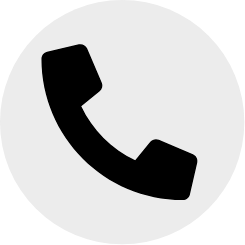

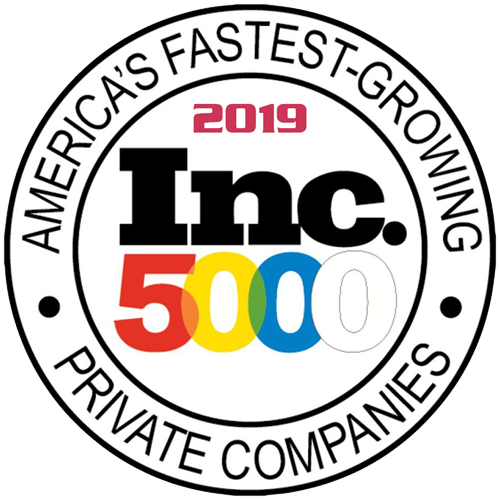

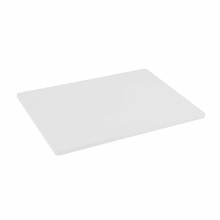

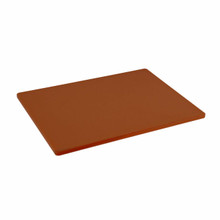
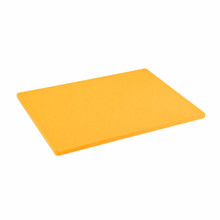
 100% Made in the USA
100% Made in the USA


